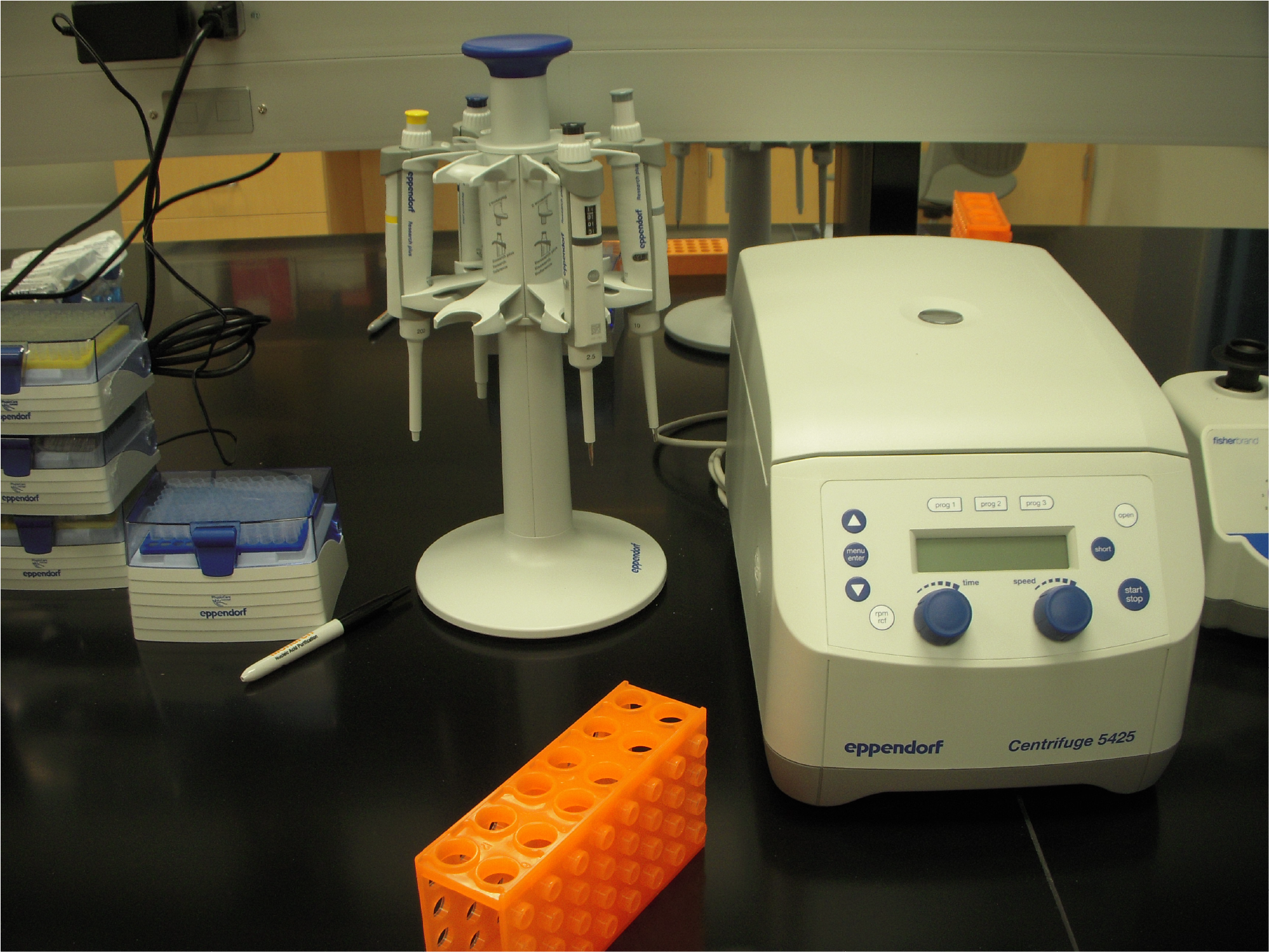Week 5 (2/12/2021) – We discussed a computational paper that connects theory with experimental SHAPE data by T. Hurst in the Chen lab. Single-nucleotide resolution, chemical probing experiments (like SHAPE) provide information on the accessibility of a nucleotide. Clearly the 3D structure of the RNA will impact how accessible each nucleotide is to the reagent, yet how extensive this information is and how to use it to create actual 3D models is a difficult problem that the field has been struggling with for a long time. One problem is the lack of known 3D structures to compare against. Hurst and Chen look at 17 crystal structures of small, highly structured RNAs and then analyze SHAPE reactivities from the same RNAs for what 3D information is encoded in the data. In a comparison approach to distinguish structures folded “randomly” from those informed by reactivity, the guided structures perform better. This is a clever approach that demonstrates that SHAPE reactivities do contain information about tertiary structure. However, practical limitations on the number and types of structures they have to work with prevent this technique from truly taking SHAPE data to 3D just yet. I would have liked to see whether only SHAPE data generated with the reagent 1M7 are suitable or other common reagents like 5NIA and NAI also have 3D information. Can you employ different reagents to collect different 3D information and combine that to get a better picture? What about reagents like DMS that probe base accessibility, but can provide 3D interactions in a different manner (PAIR-MaP)? The second half of this paper concerned the skew in reactivity by 1M7 toward certain base contexts. Hurst and Chen did a great job explaining how reactivity is influences by the 5′ and 3′ neighboring bases and how 1M7 does not react equally in all contexts. I think this is a reminder that experimental structure data has its own biases and both computational and experimental approaches are needed to understand both 3D and 2D RNA structure.
Upcoming (2/19/21) – We will discuss Gawroński, et al.’s paper on light sensitive RNA structures!


